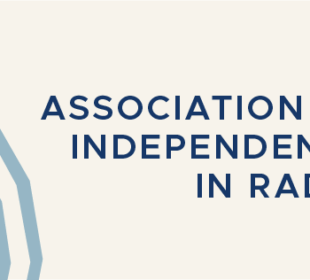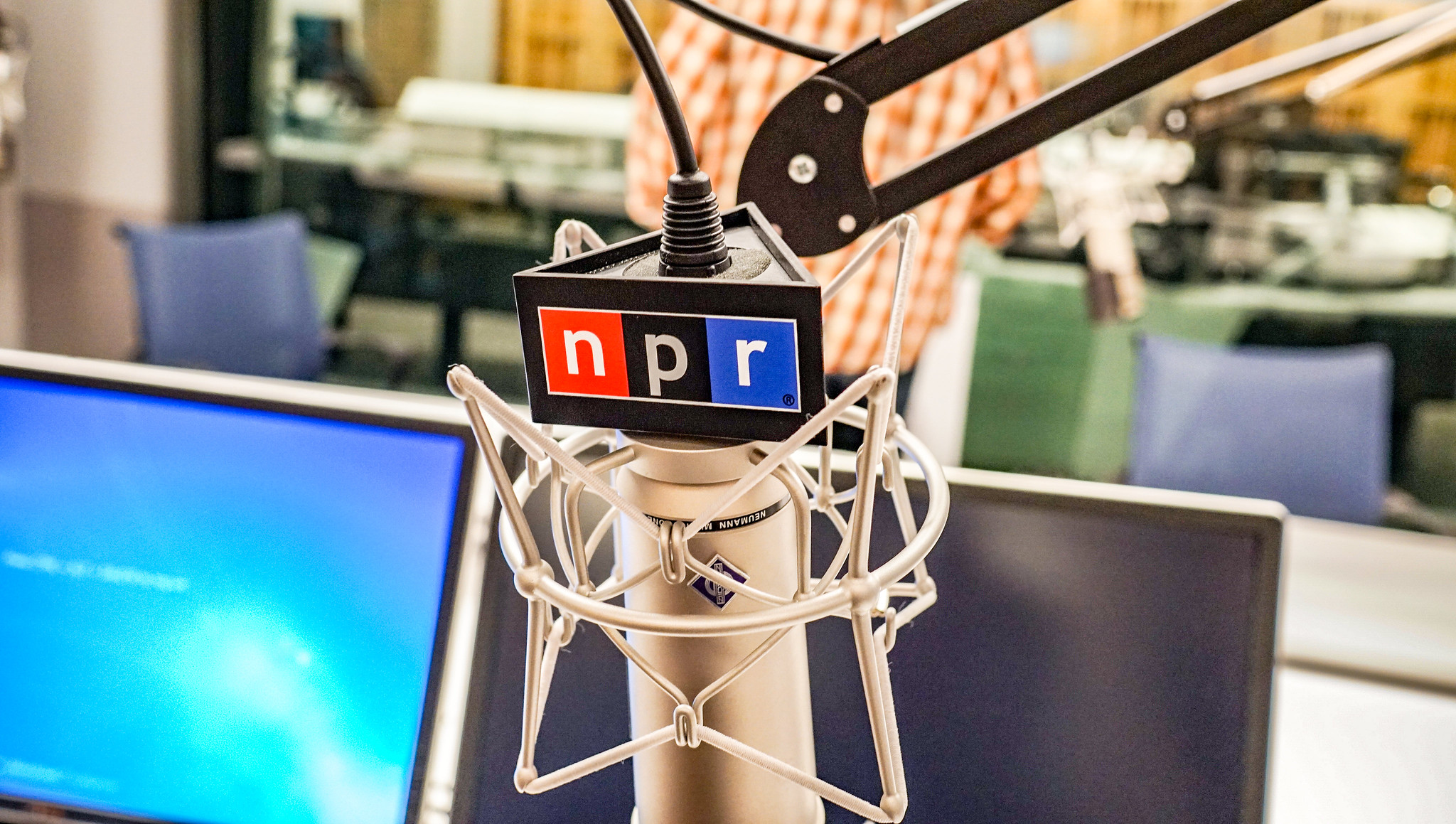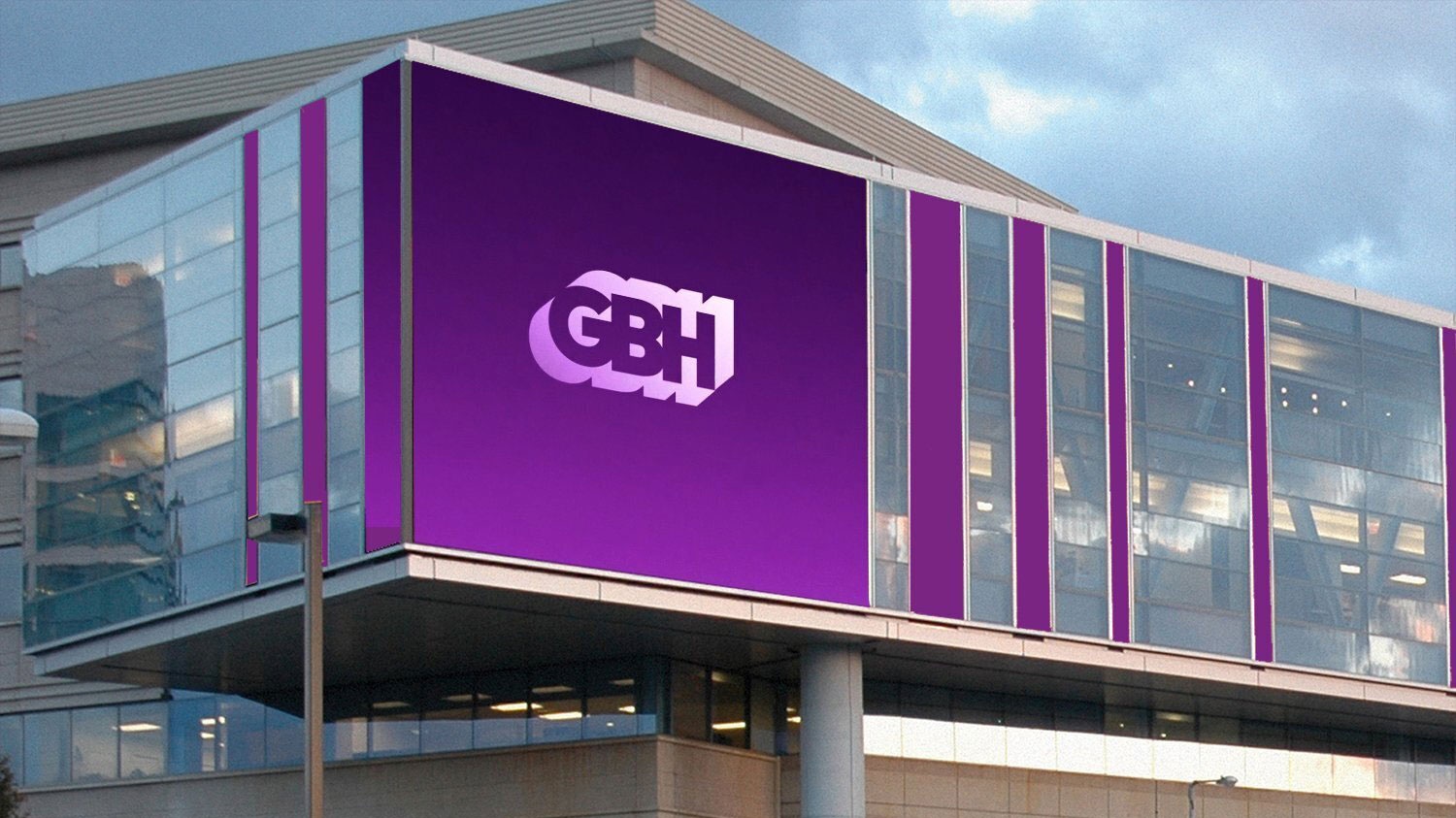Tag: Grants
AIR receives five-year, $1.5M Ford Foundation grant
The organization is looking to use the funds to increase staffing capacity, expand initiatives and bolster infrastructure.CPB awards $4 million to expand rural reporting
The grants will go to public radio and television stations in eight states.Canceling NEA grants won’t stop artists from holding to their truths
Only a dictator would imagine that he could control artists and stifle free expression, writes independent public radio producer Jay Allison.DOGE restructuring of NEH hits documentary and archival projects
Forthcoming series from Ken Burns and Sam Pollard and biopics from “American Masters” are among the public media productions listed in a ...Connecticut Public lands Knight grant for Puerto Rico partnership
Connecticut Public and Puerto Rico newspaper publisher GFR Media are adding two reporters.NPR receives $5.5M grant to expand collaborative journalism efforts
The grant will support the creation of an Appalachia newsroom and experiments with short-form video.GBH receives $5 million grant for ‘The Culture Show’
The grant will help the program expand to YouTube and add a daily podcast.Four with ties to pubmedia receive MacArthur Fellowships
Daniel Alarcón, host and EP of NPR’s "Radio Ambulante" podcast, was among this year's recipients.Stations step up education efforts around COVID vaccine with help from CPB grants
Funds are enabling stations in current and potential COVID-19 hotspots to design projects that address their communities' specific needs.Boston’s WBUR to launch investigative unit
WBUR plans to hire three journalists to tackle stories such as opioid addiction, climate change and immigration.CPB supports Ohio River regional journalism collaboration
The collaboration will involve seven stations in Kentucky, Ohio and West Virginia.NEH awards $2 million to pubmedia projects
Seven public media projects got a boost July 21 with the announcement of grants from the National Endowment for the Humanities, which ...WFMU, Art21, L.A. Theatre Works among winners of NEA grants
The federal government awarded funds to transmedia projects as well as traditional broadcast programs.New Mexico News Port, other J-school collabs win grants from ONA challenge fund
A collaborative news hub in New Mexico, sea level monitoring project in south Florida and music visualization project in Texas are among ...Growth in aid to media foundations aimed mostly at web-based efforts
Foundation support for media-related activities increased 21 percent between 2009 and 2011, according to a study that examined how private philanthropies responded ...











